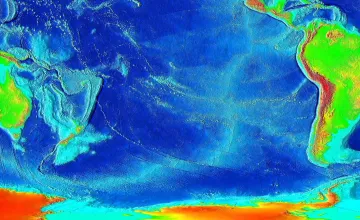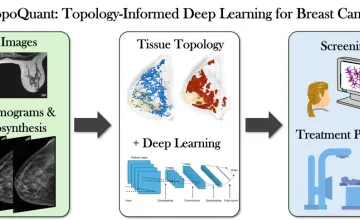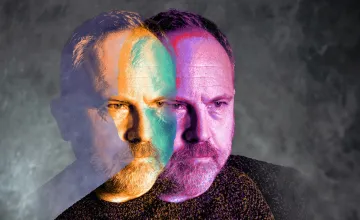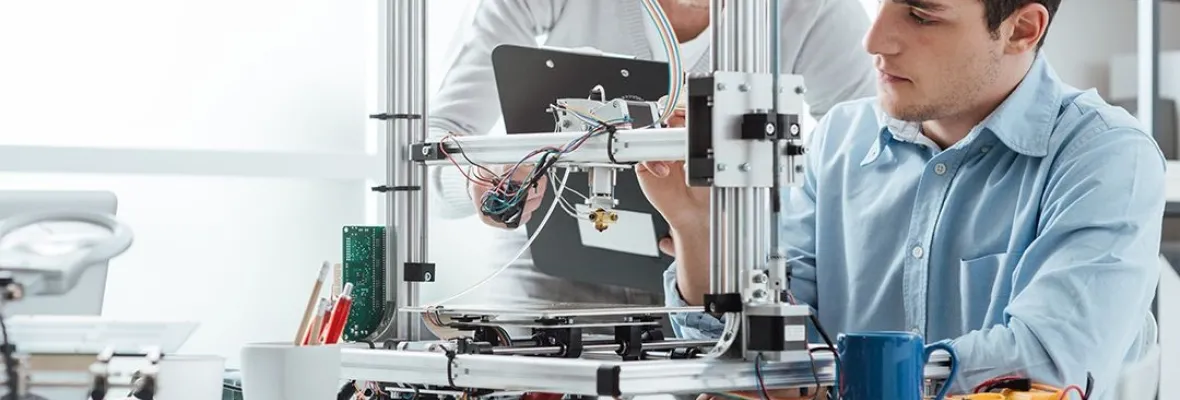AAU universities conduct a majority of the federally funded university research that contributes to our economic competitiveness, health and well-being, and national security. AAU universities are growing our economy through invention and innovation while preparing the next generation of scientists and engineers for global leadership. By moving research into the marketplace AAU universities are helping to create jobs, and provide society with new medicines and technologies.

UMD geologists uncovered evidence of a section of seafloor that sank into the Earth's mantle when dinosaurs roamed the Earth; it's located off the west coast of South America in a zone known as the East Pacific Rise.

Novel research supported by NCI could lead to more specific predictive disease models

A new University of Kansas study reveals parents seeking health care information for their children trust AI more than health care professionals when the author is unknown, and parents rate AI generated text as credible, moral and trustworthy.

Hypertension and amyloid plaques can separately cause dementia. Having both increases a person’s odds of developing cognitive decline, a new study finds
Explore More: University Research
You can filter stories by the university.
A potential drug target has been identified in a newly mapped protein of SARS-CoV-2, the virus that causes coronavirus disease 2019 (COVID-19). The structure was solved by a team including the University of Chicago (U of C), the U.S. Department of Energy’s (DOE) Argonne National Laboratory, Northwestern University Feinberg School of Medicine and the University of California, Riverside School of Medicine (UCR).
CU Boulder researchers are working to apply machine learning to psychiatry, with a speech-based mobile app that can categorize a patient’s mental health status as well as or better than a human can.
Researchers at CU Boulder have found the power of incentivizing healthy eating.
Researchers from the University of Oregon have found that the eyes can be a great way to assess hearing in babies, older children with developmental deficits and adults who are suffering from a debilitating disorder or are too sick to respond
Adolescents who play contact sports are no more likely to experience cognitive impairment, depression or suicidal thoughts in early adulthood than their peers, suggests a new University of Colorado Boulder study.
